Finding the right beginner ice skates can make or break your first skating experience. Whether you're an adult stepping onto the ice for the first time or shopping for your child's first pair, comfort, safety, and proper support are key. Here’s what you need to know:
-
Types of Beginner Skates:
- Figure skates: Longer blades with toe picks, good for balance and artistic moves.
- Hockey skates: Shorter, curved blades for speed and agility but less ankle support.
- Recreational skates: A mix of both, ideal for general skating.
- Snowfeet Mini Skates: A unique option for beginners that combines skiing and skating. These attach to regular winter shoes and are portable, easy to use, and fun for all ages.
-
What to Look For:
- Fit: Skates should be snug but not painful. Ice skates often run ½ to 1 size smaller than regular shoes.
- Comfort: Look for padding and ankle support to avoid soreness and injuries.
- Blade Quality: Keep blades sharp and protected for better control and safety.
- Price: Good beginner skates typically cost $80–$200. Avoid ultra-cheap options under $50.
For adults, Snowfeet Skiskates (44 CM) offer a compact, easy-to-learn option at $575. For kids, Snowfeet Mini Ski Skates (38 CM) are adjustable, lightweight, and priced at $199. Both are great alternatives to traditional skates, offering convenience and fun without the bulky gear.
Ready to hit the ice? Start with the right skates, focus on safety, and enjoy the glide!
Buying Ice Skates: What to Know Before You Shop in 2024
What to Look for in Beginner Ice Skates
Picking your first pair of ice skates is a big deal. It can be the difference between a frustrating first experience and falling in love with skating. So, let’s break down the key things to consider when shopping for beginner skates.
Fit and Sizing
Getting the right fit is non-negotiable. Skates should feel snug but not uncomfortable. Keep in mind that ice skates usually run about ½ to 1 size smaller than your regular shoe size. For instance, if you wear a size 9 in everyday shoes, you’ll likely need an 8 or 8.5 in skates. This snug fit keeps your foot secure, improving control and preventing annoying issues like blisters or sliding around inside the boot.
When trying on skates, wear the same socks you plan to use on the ice. Thin athletic socks are ideal since thicker ones can make the skates feel too tight and reduce your control. A proper fit sets the stage for both comfort and performance.
Comfort and Support
As a beginner, you’ll rely on your ankles a lot more than you might expect, so strong ankle support is a must. Look for boots that rise high enough to stabilize your ankle without feeling restrictive.
Comfort is just as important. Skates with plenty of interior padding - think memory foam or similar materials - can save your feet from soreness during longer practice sessions. Without good padding, even short skating sessions can leave your feet aching. Also, check the material of the boot. Options made from synthetic or genuine leather are more durable and tend to mold to your feet over time, unlike vinyl or plastic, which can feel stiff and less forgiving.
Blade Quality and Care
Blades can make or break your skating experience, so don’t overlook their quality and upkeep. Most beginner skates come with pre-attached blades, which is convenient, but you’ll still want to take care of them properly.
After each session, dry your blades thoroughly with a microfiber cloth to prevent rust. Also, keep in mind that new skates usually come unsharpened, so you’ll need to get them professionally sharpened before hitting the ice. After that, plan for a touch-up every 20 hours of skating. A professional sharpener can customize the blade's hollow - basically, the groove between the edges - based on your weight, skill level, and skating style.
To protect your blades, use guards when walking off the ice and soakers for storage. Guards prevent nicks and scratches, while soakers absorb any leftover moisture. Just remember to take the guards off before skating to avoid slipping.
Price and Adjustable Features
Ice skates come in a range of prices, so think about the total cost over time. Cheaper options might save you money upfront but often need more maintenance. A quality pair, while more expensive initially, can last for several seasons with proper care.
If you’re shopping for kids, adjustable skates can be a great option. These skates expand over a few sizes, so they can grow with your child’s feet. While they might cost more at first, they’re often more budget-friendly in the long run compared to buying new skates every year.
For adults, adjustable skates aren’t usually the best choice. Instead, focus on finding skates with a precise, supportive fit. Adjustable models can sometimes create pressure points, which isn’t ideal when you’re learning.
When comparing skates, don’t just look at the price tag. Factor in durability, maintenance needs, and how well they’ll perform on the ice. A little extra investment upfront can save you headaches - and money - down the road.
Best Ice Skates for Adult Beginners
If you're an adult beginner looking to dip your toes into the world of ice skating, the Snowfeet* Skiskates (44 CM) might be just what you need. These compact skates are a refreshing alternative to traditional gear, blending fit, comfort, and control seamlessly.
Snowfeet* Skiskates (44 CM)

Measuring only 44 cm, these skiskates are among the shortest skis on the planet. What sets them apart? You can use them with your regular winter shoes or snowboard boots - making them incredibly portable and easy to use.
The learning curve is practically non-existent. Whether you're a seasoned skater or a total newbie, you'll get the hang of these quickly. That said, their short length might take a little getting used to at first.
With over 5,500 reviews and an impressive 4.9 out of 5-star rating, these skiskates have earned their stripes. They were even named a finalist for innovation at ISPO, a testament to their quality and design.
These skates are ideal for groomed snow, ski slopes, and snowparks. However, they aren’t the best choice for deep powder conditions. Priced at $575, the Snowfeet* Skiskates deliver a premium and versatile winter sports experience that's hard to beat.
Best Ice Skates for Kids
When it comes to kids, safety, support, and comfort are key to helping them gain confidence on the ice. Here’s a look at one standout option for young beginners.
Snowfeet* Mini Ski Skates (38 CM)
Snowfeet* has taken their popular adult skiskates and created a version tailored for younger skaters. The Snowfeet* Mini Ski Skates (38 CM) are designed to attach to regular winter shoes or snowboard boots, offering a flexible and compact alternative to traditional skates. They’re lightweight and easy to learn, making them a fun choice for kids.
These skates feature adjustable bindings that fit US sizes 10 (kids) to 6 (adult) and EU sizes 27–38, providing a snug fit and reliable ankle support.
"My son is 10 and plays hockey. I thought these would be good for our long driveway and I was right! Within 30 min he was hockey stopping, and going backwards with crossovers. I love how sturdy these are. They don't feel like they're going to break and they're easy to put on as well." - Ashley Castle, Revere, US
With a perfect 5.0 out of 5-star rating from users and a sale price of $199, the Snowfeet* Mini Ski Skates are a great way to take winter fun beyond the usual ice rink.
sbb-itb-17ade95
Snowfeet* vs Standard Skis and Snowboards
Deciding between traditional ski or snowboard gear and Snowfeet* can shape how you experience winter sports right from the start. The ski industry has long pushed the idea that longer equipment equals better performance, but Snowfeet* flips that notion on its head, showing that shorter gear can actually be easier to handle for both beginners and seasoned riders.
Learning Curve
Traditional skis, which are usually 150–180 cm long, and snowboards, typically 140–160 cm, can be intimidating for beginners. Their size and weight make it harder to master basic techniques like turning and stopping. For those just starting out, simpler and more responsive gear can make all the difference. That’s where Snowfeet* comes in. With lengths ranging from just 38 to 120 cm, these products are much easier to pick up.
Take the Snowfeet* Skiskates, for example. At only 44 cm, they’re compact enough to help you quickly get the hang of basic movements. Plus, they work with your regular winter shoes, which makes the whole experience feel less daunting.
Shorter gear also means fewer consequences for small mistakes. With long skis, even a tiny error can throw you off balance. Snowfeet* products, on the other hand, are more forgiving. They respond predictably to your movements, making it easier to recover and build confidence as you go.
Portability and Uses
One of the standout features of Snowfeet* is how portable they are. Unlike traditional skis and snowboards that require bulky roof racks or large bags, Snowfeet* gear is compact enough to fit in a regular backpack.
This portability opens up a world of possibilities. Traditional gear is mostly limited to groomed slopes or ski resorts, but Snowfeet* can be used almost anywhere there’s snow. Whether it’s a hiking trail, your backyard, or a local park, you’re not tied down to resort schedules or pricey lift tickets.
The compact size also makes transportation a breeze. You can take Snowfeet* on public transit, store them in tight spaces, or pack them for travel without worrying about special arrangements. It’s all about convenience and flexibility.
Equipment Comparison
Snowfeet* stands out when it comes to cost, convenience, and versatility. Here’s how they compare to traditional skis and snowboards:
| Feature | Snowfeet* Products | Traditional Skis | Snowboards |
|---|---|---|---|
| Learning Time | Minutes to basic proficiency | Hours to days for basics | Days to weeks for basics |
| Portability | Lightweight | Requires roof rack and bag | Requires large bag |
| Terrain Flexibility | Works on various snow surfaces | Primarily groomed slopes | Primarily groomed slopes |
| Equipment Cost | $250–$775 | $800–$2,000+ with gear | $600–$1,500+ with gear |
| Storage Space | Fits on a closet shelf | Needs garage/basement | Needs a large closet |
| Boot Requirement | Regular winter shoes | Specialized ski boots | Snowboard boots |
| Lift Ticket Dependency | None – use anywhere | Resort access required | Resort access required |
| Fun Factor | Instant enjoyment | Delayed gratification | Steep learning curve |
The numbers paint a clear picture. Traditional ski setups can easily run you $1,500 to $2,500 when you include skis, boots, bindings, and poles. Snowfeet* products, on the other hand, start at just $250. That’s not just a big cost difference - it’s also a lot less hassle.
Traditional skiing and snowboarding also demand more physical effort because of the size and weight of the gear. Snowfeet* products are lighter and less tiring, so you can focus on having fun instead of wrestling with heavy equipment.
Many Snowfeet* users rave about how quickly they gain control and confidence. The responsive design means you can progress faster and start enjoying your time on the snow right away.
Snowfeet* proves that winter sports don’t have to be complicated or intimidating. With their user-friendly design and versatility, they offer a smoother, more enjoyable way to hit the snow.
Getting Started with Your First Ice Skates
Ready to hit the ice? Whether you're lacing up traditional ice skates or strapping on Snowfeet* Skiskates, these tips will help you glide into your first skating experience with confidence.
Breaking in Your Skates
Breaking in traditional ice skates takes a little patience. Wear them for short sessions - about 15–20 minutes at a time - with thin, moisture-wicking socks. This helps the boots soften and mold to your feet for a better fit.
If you're using Snowfeet* products, the process is easier. Since they work with your regular winter boots, all you need to do is adjust the bindings for a snug fit. There's no lengthy break-in period - just strap in and you're good to go.
Once your skates are comfortable, it’s time to focus on staying safe while you’re out on the ice.
Ice Safety Tips
Start with some light stretches for your ankles, calves, and core. This not only improves your balance but also helps prevent injuries. If you're new to skating, an indoor rink is a great place to begin. The controlled environment makes it easier to learn, and staying near the boards can help you avoid collisions with faster skaters.
Most rinks follow a counterclockwise flow for general skating, so stick to the outer edges and steer clear of the center, where more experienced skaters tend to gather.
Learning how to fall safely is just as important as learning how to skate. If you feel yourself losing balance, aim to fall forward onto your knees instead of backward. Avoid using your hands to break your fall - this reduces the risk of wrist and head injuries.
If you're skating outdoors, make sure the ice is safe. A thickness of at least 4 inches is generally recommended for skating. And always bring a buddy or skate in a supervised area so help is nearby if needed.
What to Wear
What you wear can make or break your skating experience. The right clothing keeps you warm, comfortable, and in control on the ice.
"As a beginner getting dressed for ice skating, remember to layer up. Whether you are skating indoors or outdoors, it's best to wear 2-3 layers on the top, coupled with some nice stretchy pants, socks, gloves and a helmet."
Layering is key. Start with a moisture-wicking base layer, add a flexible mid-layer, and top it off with a lightweight zip-up jacket. For bottoms, go with athletic, stretchy pants that allow for easy movement. Thin, breathable socks that extend above your skates are a must for comfort.
Don’t skimp on protective gear, especially if you’re a beginner. A helmet that meets HECC or ASTM F1492 standards is crucial, particularly for kids. Knee pads, elbow pads, and wrist guards can provide extra protection - soft kneepads (like those used in volleyball or dance) work better than hard plastic ones, which can be slippery.
For added warmth without the risk of loose ends, opt for turtlenecks, mock necks, or neck gaiters instead of scarves. Women should consider wearing supportive sports bras without underwire or removable pads for added comfort during activity.
The goal is to dress snugly but not restrictively. This balance ensures you stay warm, safe, and agile while enjoying your time on the ice.
With comfortable skates, a focus on safety, and the right gear, you'll be ready to make the most of your first skating adventure. Have fun and enjoy the glide!
Final Thoughts
Start with skates that prioritize comfort, safety, and ease of use, while staying within your budget and meeting your goals.
For adult beginners, the Snowfeet* Skiskates (44 CM) are a fantastic choice. They offer a smooth, no-fuss glide and are priced at $575. For kids, the Snowfeet* Mini Ski Skates (38 CM) provide adjustable comfort and a secure fit, starting at $250.
Young skaters also benefit from options designed just for them. Unlike traditional models like the Jackson Ultima Excel or Bauer Vapour X2.7 - which often require a long break-in period - Snowfeet* products are ready to go right out of the box.
What sets Snowfeet* apart from regular skiing or snowboarding gear is their simplicity. There’s no need for specialized boots, and their compact size means no more lugging around bulky equipment. They’re small enough to fit in a backpack, making them perfect for urban adventures or travel.
FAQs
How are Snowfeet Skiskates different from traditional ice skates for beginners?
Snowfeet Skiskates bring a fresh twist to winter sports, especially for beginners. Unlike traditional ice skates or bulky snowboarding gear, these are super compact and lightweight, making them a breeze to carry and store. No need to lug around heavy equipment!
Another big perk? You don’t need special boots. Snowfeet are designed to work with your regular winter boots, saving you both time and money. That’s one less hassle to worry about when gearing up for some fun in the snow.
For those just dipping their toes into winter sports, Snowfeet Skiskates are an affordable and convenient option. You won’t need to invest in loads of extra gear, but you’ll still get an enjoyable, beginner-friendly experience. Thanks to their clever design, the learning curve is smooth, making them a great pick for anyone ready to try something new this winter.
Why are Snowfeet Mini Ski Skates safer and more comfortable for kids compared to traditional skates?
Snowfeet Mini Ski Skates are a fantastic way to help kids learn safely while having fun. Thanks to their shorter length, they’re much easier to control compared to traditional skates. This means kids can turn and stop more easily, giving them the confidence they need as they pick up new skills.
What’s even better? You don’t need to buy special boots for these. Snowfeet work with any winter boots you already have, which is a huge plus for parents. They’re also super lightweight and compact, so kids can play longer without feeling worn out. All these features make Snowfeet a great option for young beginners who want to enjoy a safe and exciting winter adventure.
Why are fit and blade quality so important when choosing beginner ice skates?
When you're starting out on the ice, picking the right beginner skates is a game-changer. The fit? Absolutely crucial. Skates that fit well keep your feet comfortable, help you avoid pesky blisters, and give your ankles the support they need to stay steady. This is especially important when you're learning the ropes and finding your balance.
But don't overlook the blades! High-quality blades can make a huge difference in your skating journey. They help you stay balanced and in control, which makes learning those first moves a whole lot easier. Plus, when you feel stable, it's way more fun to glide around and build your confidence.
Bottom line: choosing skates with a good fit and solid blades isn't just about avoiding discomfort - it's about setting yourself up for a great time on the ice while you sharpen your skills.







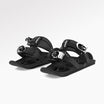













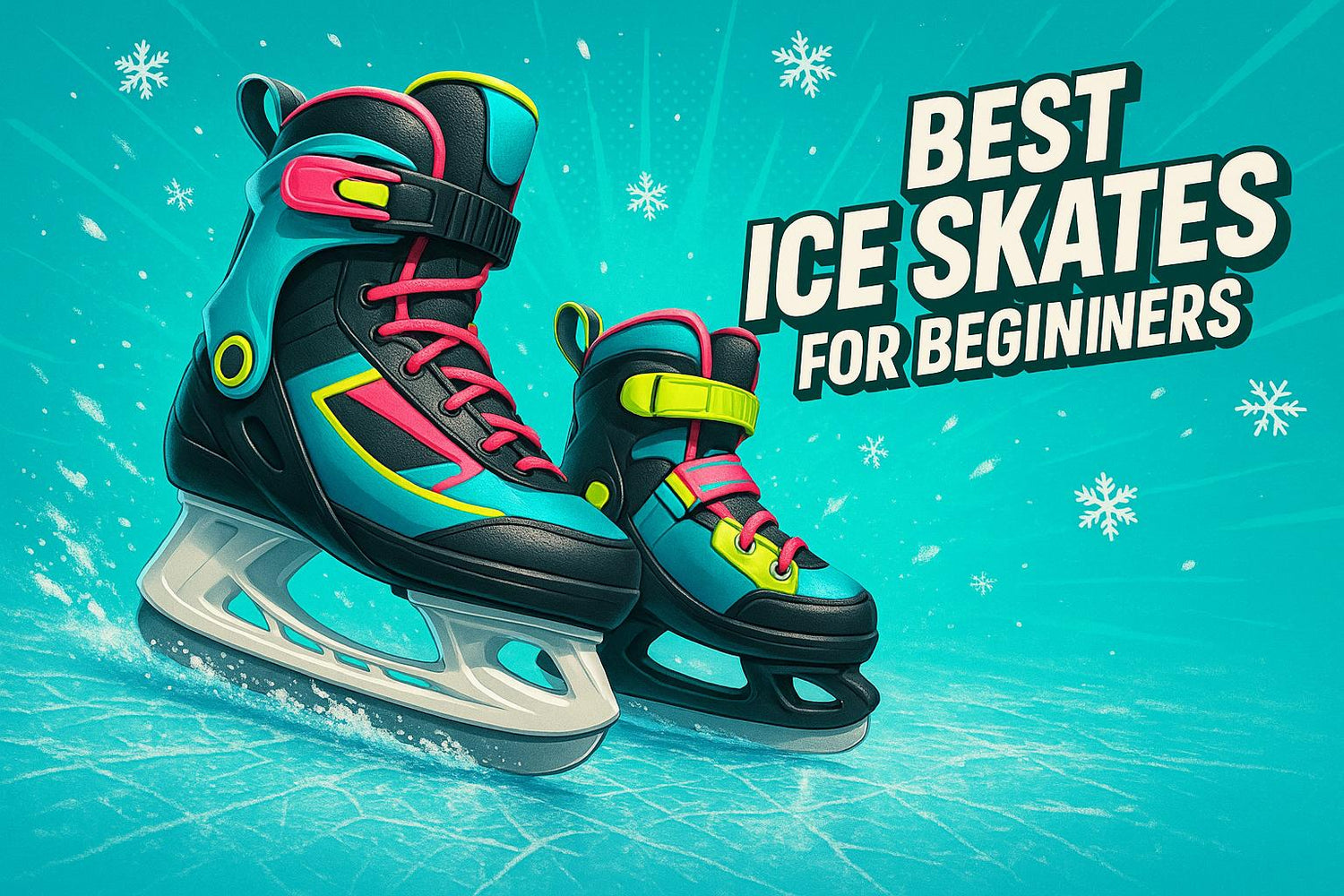
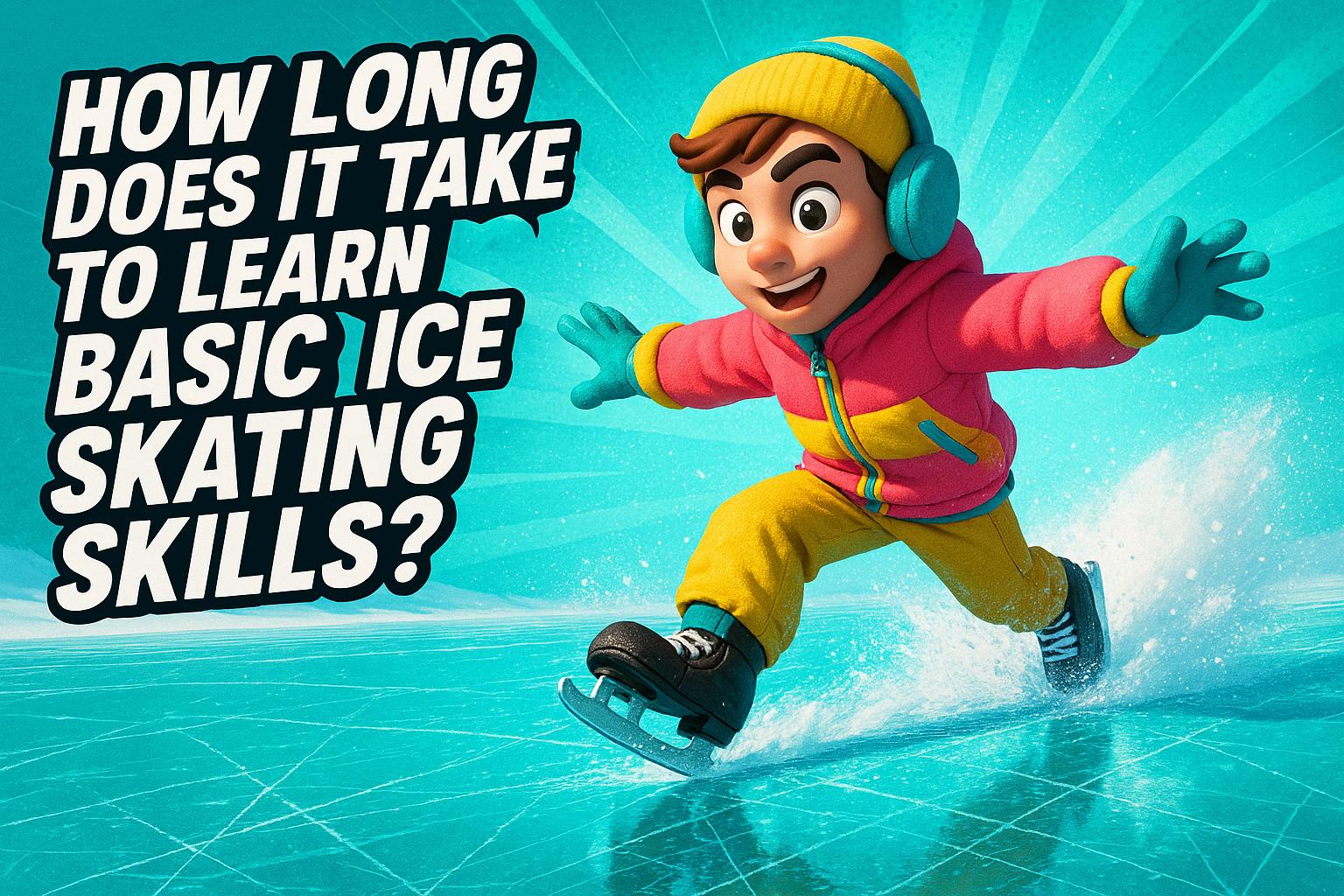
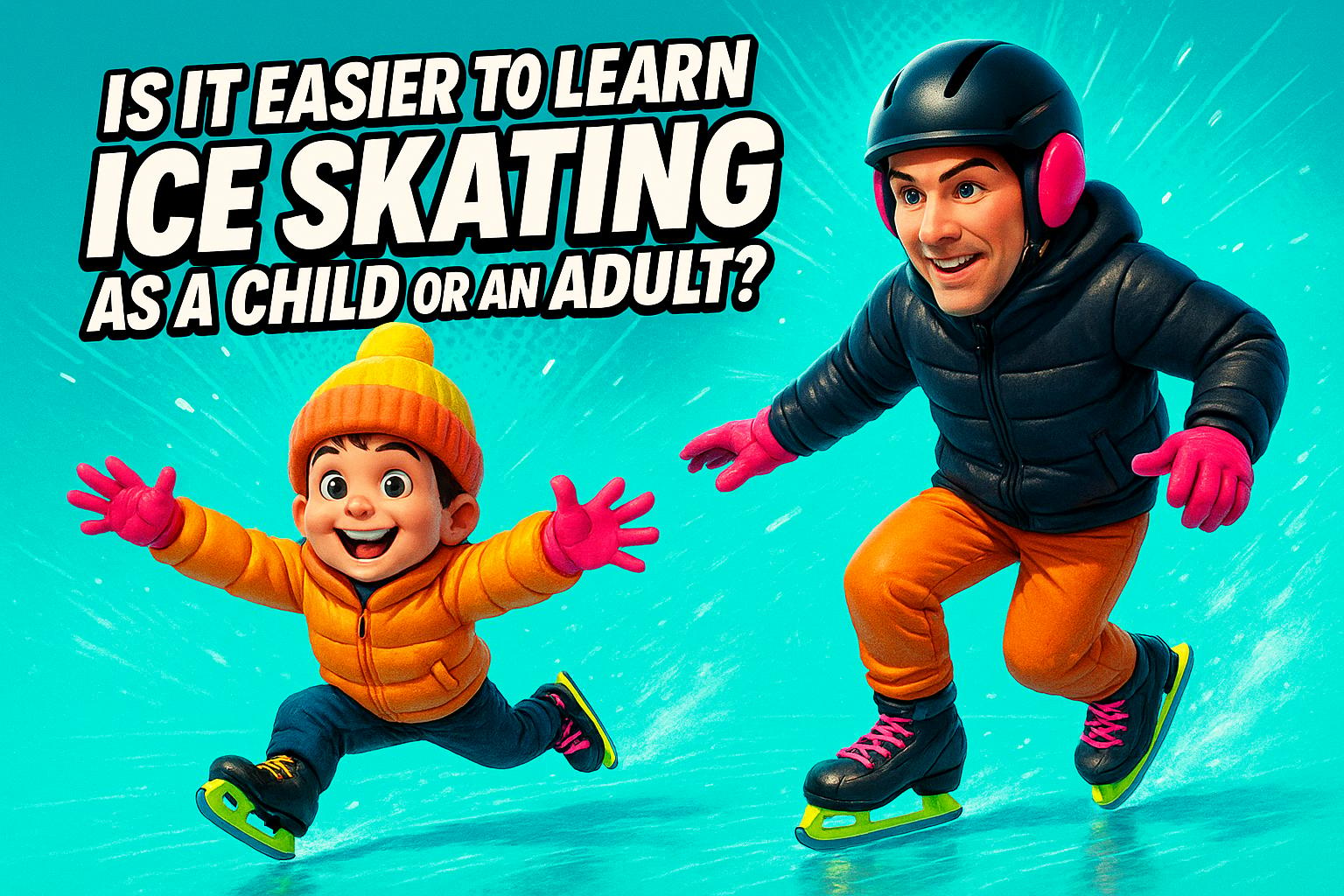




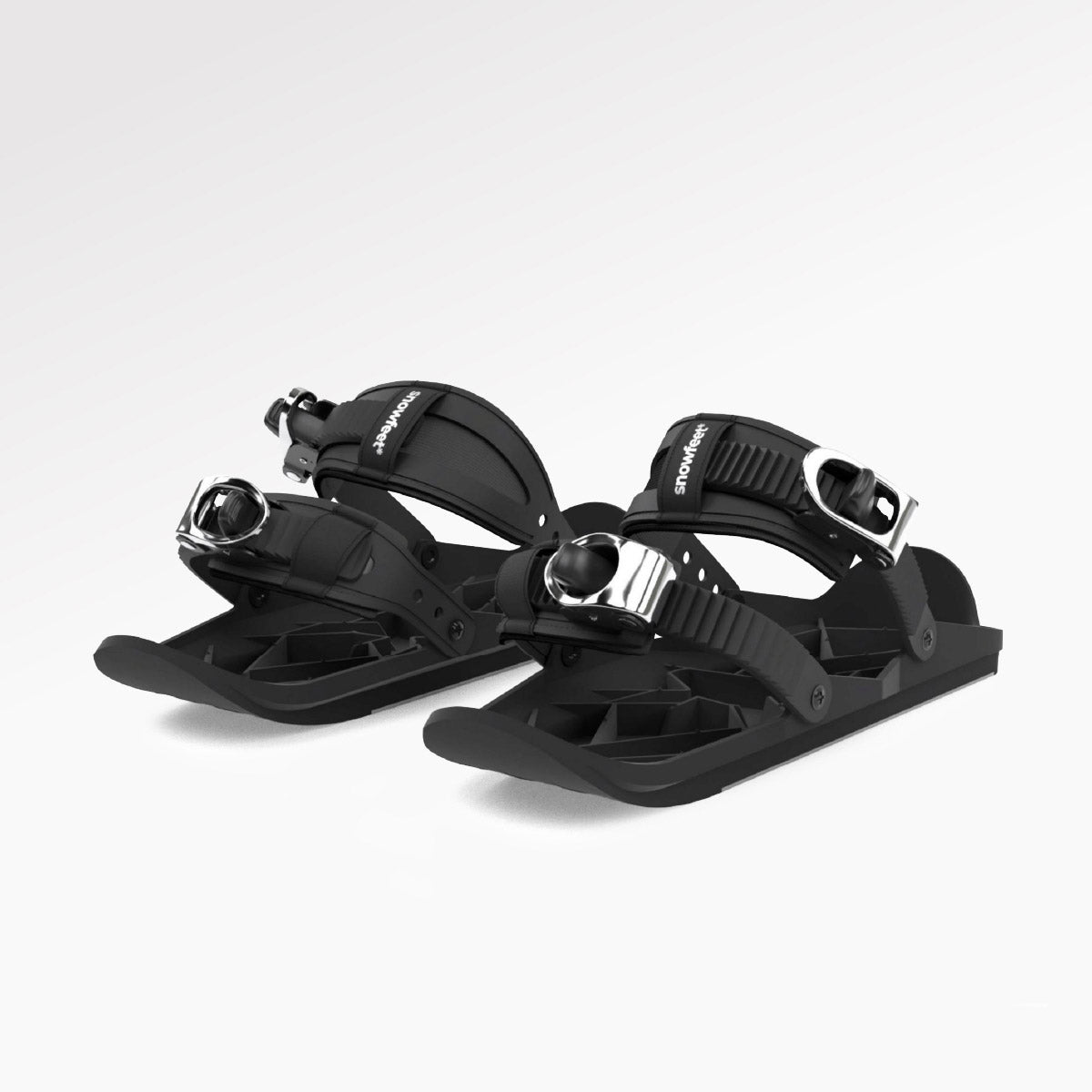
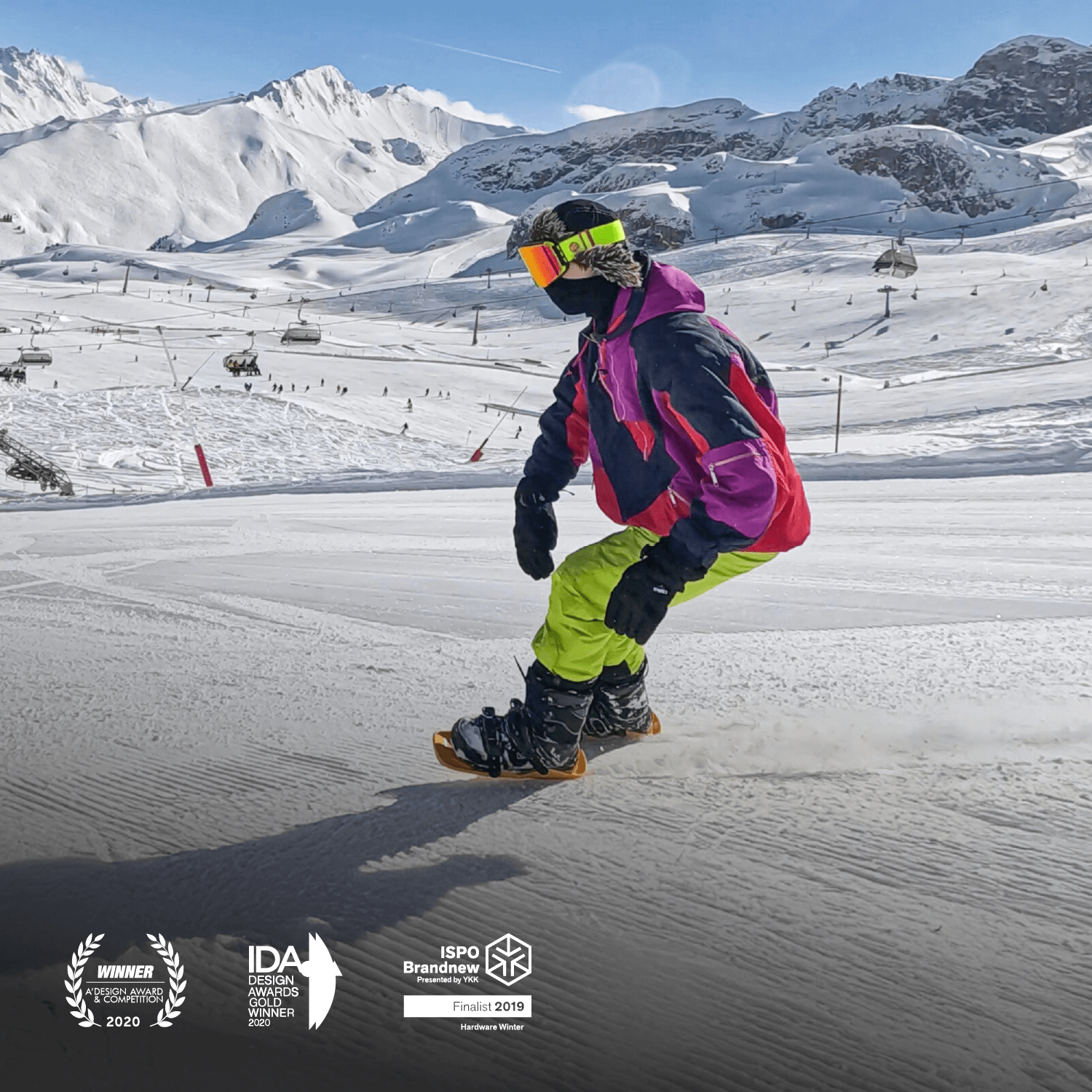




Leave a comment
This site is protected by hCaptcha and the hCaptcha Privacy Policy and Terms of Service apply.